Focus on Ergonomics and Comfort
The Horeca Furniture Market is increasingly prioritizing ergonomics and comfort in furniture design. As the hospitality sector recognizes the importance of guest satisfaction, there is a growing emphasis on creating comfortable environments. Research indicates that well-designed furniture can significantly enhance the overall customer experience, leading to longer stays and increased spending. Approximately 35% of hospitality operators are now investing in ergonomic furniture solutions to improve guest comfort. This trend is particularly relevant in high-traffic areas such as lobbies and dining spaces, where comfort can influence customer perceptions. As a result, manufacturers in the Horeca Furniture Market are likely to focus on developing furniture that not only meets aesthetic standards but also promotes health and well-being, potentially leading to a more loyal customer base.
Sustainability in Material Sourcing
The Horeca Furniture Market is increasingly influenced by the demand for sustainable materials. As consumers become more environmentally conscious, businesses are compelled to adopt eco-friendly practices. This shift is evident in the rising use of reclaimed wood, recycled metals, and organic fabrics in furniture production. According to recent data, approximately 30% of consumers prioritize sustainability when selecting furniture for hospitality venues. This trend not only enhances brand image but also aligns with regulatory pressures aimed at reducing carbon footprints. Consequently, manufacturers in the Horeca Furniture Market are investing in sustainable sourcing strategies, which may lead to increased operational costs but could also result in higher customer loyalty and market share in the long run.
Technological Advancements in Design
The integration of technology into the Horeca Furniture Market is reshaping design and functionality. Smart furniture, equipped with features such as wireless charging and integrated lighting, is gaining traction among hospitality providers. Data indicates that around 25% of new furniture designs incorporate technological elements, reflecting a shift towards multifunctional spaces. This trend is driven by the need for enhanced customer experiences and operational efficiency. As hotels and restaurants seek to differentiate themselves, the adoption of innovative furniture solutions may become a key competitive advantage. Furthermore, the Horeca Furniture Market is likely to see increased collaboration between furniture designers and tech companies, fostering a new wave of products that cater to the evolving needs of the hospitality sector.
Customization and Personalization Trends
The Horeca Furniture Market is witnessing a growing trend towards customization and personalization. As establishments strive to create unique atmospheres, the demand for bespoke furniture solutions is on the rise. Recent surveys suggest that nearly 40% of hospitality businesses are willing to invest in customized furniture to enhance their brand identity. This trend is particularly pronounced in boutique hotels and upscale restaurants, where the ambiance plays a crucial role in customer satisfaction. Manufacturers are responding by offering modular designs and flexible configurations, allowing clients to tailor products to their specific needs. This shift not only meets consumer preferences but also fosters brand loyalty, as personalized experiences are increasingly valued in the competitive Horeca Furniture Market.
Shift Towards Outdoor and Flexible Spaces
The Horeca Furniture Market is adapting to the increasing demand for outdoor and flexible spaces. As consumers seek more versatile dining and accommodation options, businesses are rethinking their layouts and furniture choices. Data shows that outdoor seating areas have become a priority for many restaurants, with a reported 20% increase in outdoor furniture sales over the past year. This trend is not limited to restaurants; hotels are also investing in outdoor lounges and flexible meeting spaces to accommodate diverse customer needs. The ability to easily reconfigure spaces with adaptable furniture solutions is becoming essential for maximizing utility and enhancing guest experiences. Consequently, the Horeca Furniture Market is likely to see a surge in innovative designs that cater to this evolving demand.


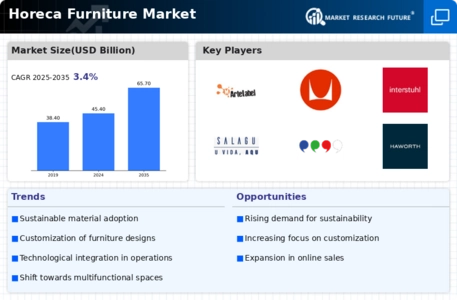
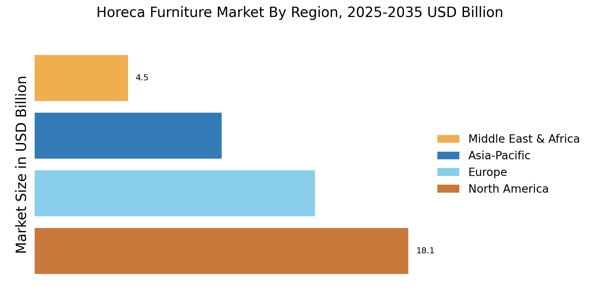


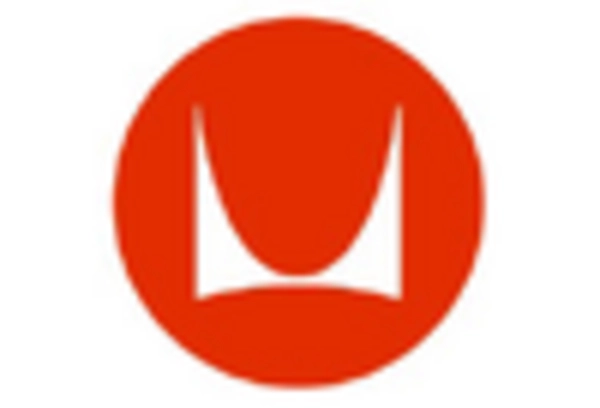
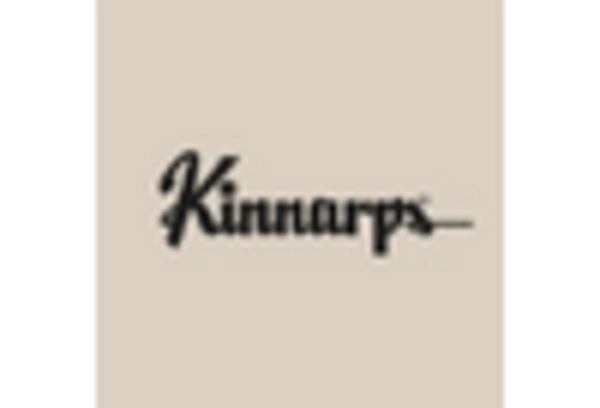

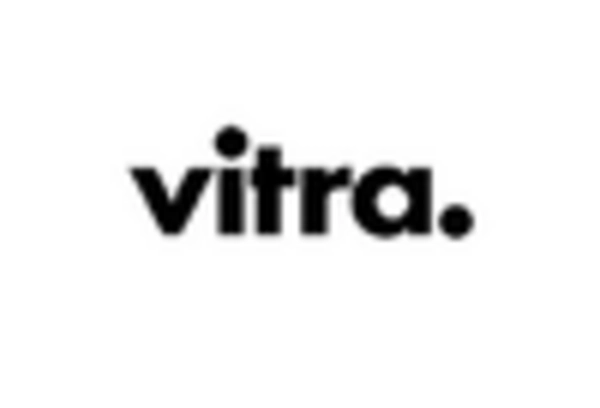








Leave a Comment